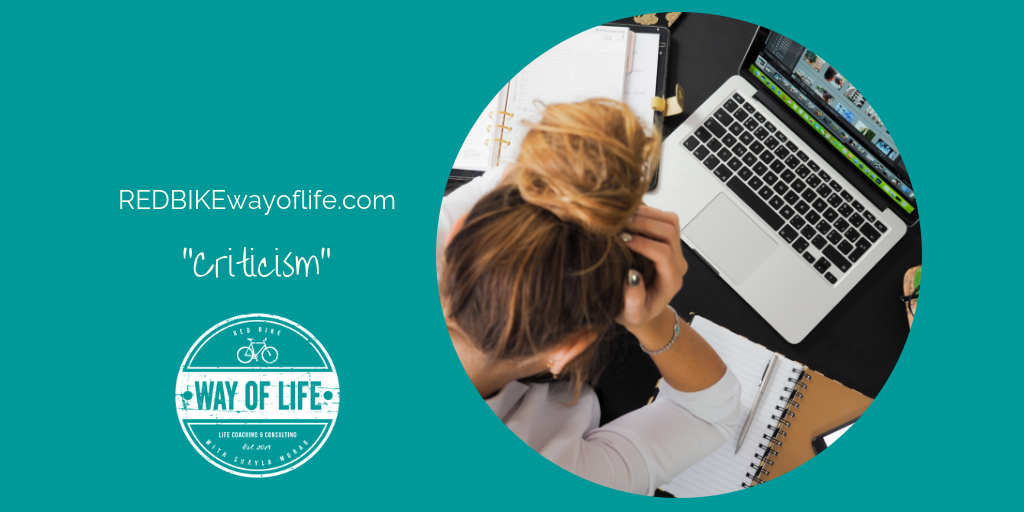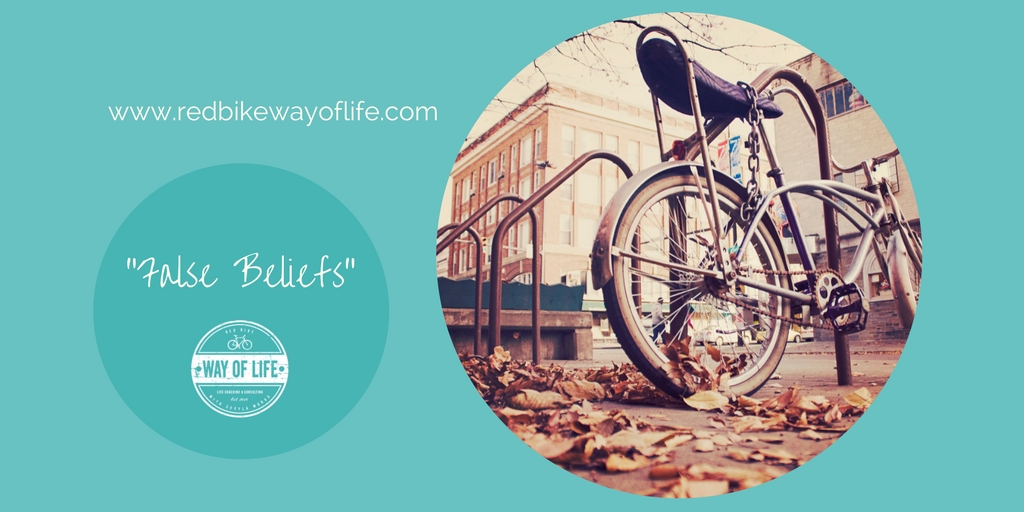
by Shayla Morag | Apr 10, 2019 | Courage, Handy Tips, Mindfulness, Self Care, Self-Talk, The Red Bike Way
Would you rather hear that you have beautiful eyes or that you’re a horrible dancer? Compliments are easy to take. Criticism isn’t quite as easy. But criticism can be invaluable to your long-term success. Criticism is nothing more than advice in disguise. You can choose to benefit from it or ignore it. However, not all criticism is accurate, well-intended, or beneficial.
Receive criticism and use it to your advantage. Check out these 9 ways to benefit:
- Change your perspective. We naturally love to hear compliments and shy away from criticism. While compliments feel good, they don’t accomplish much else. Criticism can sting, but can ultimately be extremely helpful. Learn to appreciate criticism. You might even consider seeking out criticism as a tool for learning and self-development.
- Determine if the criticism is constructive or destructive. Destructive criticism can be ignored. The other person is the issue when criticism is intended to cause harm. Constructive criticism has the potential to be helpful. Consider the source and the situation before deciding on the intention of the criticizer.
- Swallow your pride. No one enjoys hearing about their shortcomings or errors. However, criticism can be a gift. Maybe you’re learning something that would have taken years to figure out on your own. Leave your ego at the door and listen. No one is perfect.
- Take your time. There’s a tendency to responds quickly and negatively to criticism. You might have the right to be upset, but then again, you might not. Take the time to think about it before responding. If possible, sleep on it or take the weekend.
- Be compassionate with yourself. Just because you may have done something the wrong way doesn’t mean you’re less valuable as a person. Give yourself a break. Handling criticism well is one way to show yourself that you really do stand above the crowd.
- Few people can take criticism well. You’ll have a big advantage over others if you can.
- Consider the validity. When criticism comes from the right source, it’s likely to be helpful and true. Be objective and determine if there is truth to the criticism. Sometimes people are operating from false impressions. Not all criticism is valid. It’s up to you to determine if the criticism has any value.
- Incorporate the information into your life. Now you know that you can be impatient, cheap, distant, or that you’re a bad driver. Make a plan to address this issue if it’s important to you. Remember that if a trusted source was willing to bring it up, it might be important. Give it the attention it deserves.
- Determine that you’re going to do better next time. You’ll have plenty of opportunities to put your new knowledge to the test. Bide your time until that opportunity arrives. This attitude can do wonders for your self-esteem and feeling a sense of control over your life. Just keep trying to improve. There’s always tomorrow to try again.
- Be thankful. It’s not easy to give constructive criticism to a friend, employee, or family member. Be thankful that someone was willing to do that for you.
You can choose to get angry or become thoughtful when criticism comes your way. Some criticism is only intended to be hurtful and should be ignored. Constructive criticism from a trusted source can be a great learning opportunity. Consider whether the criticism is accurate and valid before applying it. Be grateful for the constructive criticism you receive. It wasn’t easy on the person providing it.

by Shayla Morag | Mar 05, 2018 | Courage, Emotional Intelligence, Grief, Self Care, The Red Bike Way
When it comes to loss and grief, your parents may have told you something they believed to be true, but wasn’t. You may have had a single experience that led you to draw a false conclusion. Contemplate what you believe about life and yourself that might not be true. False beliefs can greatly limit your options. It could change everything if you actually knew the truth! You might think that you’re not good at sports or public speaking. You might believe that you’re not talented or that nothing you do is good enough. It’s time to show yourself that many of your beliefs are inaccurate. One of the best ways to find and eliminate false beliefs is through experimentation.
Follow this process:
1. Make a list of your limiting beliefs for which you don’t have significant proof. Significant proof is repeated personal experience. One experience doesn’t prove a thing. Even two experiences can just be a coincidence. Get some real proof.
2. Start with a limiting belief that you can test easily. Maybe you believe that you can’t make friends. This might be based on the experience of not having friends in your younger days.
3. Learn what you need to know. Do you know how to make friends? It wasn’t covered in school. You might need to purchase a book and educate yourself. Maybe your social skills are a little rusty. Perhaps you need to work on minimizing your social anxiety.
What do you need to learn or do to put yourself in the position to test your false belief fairly?
4. Practice. If you believed that you couldn’t learn to play the violin, you wouldn’t prove it to yourself by picking up a violin for the first time and giving it a whirl. It takes practice to test your belief.
Likewise, you can’t prove to yourself that you can’t make friends by just walking up to a single person and saying, “Do you want to be my friend?”
5. Practice your social skills. Get out of the house and practice interacting with others. Learn how to maintain a conversation. Learn how to be more charismatic. Learn and then practice. Then practice some more.
Engage in your interests with others. Join a yoga class or a weekly poker game.
6. Test yourself. Make the test fair.
Give yourself 30 days to make at least one friend. You don’t have to make 20 friends. The whole premise was that you can’t make any friends. One friend would prove that belief to be false. If you can make one friend, you can make two. If you can make two, you can eventually make 50.
7. Keep your expectations realistic. You’re probably not trying to prove to yourself that you’re the best in the world at something, merely that you’re competent.
For example, most people only have a few close friends. It’s not reasonable to expect that you’re going to find 10 in the next 30 days.
8. Adjust your beliefs. With the proper preparation, you’ll find that 99% of your limiting beliefs are false. Once you’ve proved yourself wrong, be willing to adjust your beliefs accordingly.
Now go tackle another one. Challenge your limiting beliefs one by one and decide whether or not they’re true. Use your own personal experience. Test your assumptions whenever you have the chance. You’re likely to discover a whole new world of skills and experiences that you enjoy.

by Shayla Morag | Feb 21, 2018 | Caregiving, Courage, Poem
As a caregiver, we often find ourselves reaching within for inner strength to give us courage and support as we tackle the challenges of daily life.
It is the inner-self which drives our movement… our movement to take that dive… to be alive. Our legs shake, as often, we hang onto the edge… the edge which is often safe with no risk… but life is brisk.
We need to jump high… so high that we will not fall or hit the wall which would stop our flight… but not our might. Black or white we need to get on track… a track which stretches like a keyboard, maintaining harmony as we play the game, it’s all the same.
The heart beat guides us to the end… the end of our journey of action… with the reaction of our body bidding us to put on the brakes… too many retakes. We need to take a look at the outside in order to appreciate that inner-self, of cherished wealth.
Get a tune up and head bravely with determination to the finish line… run that line of life… keep the spirit of life alive… take that dive. Plan your goals and love toward the reward… there will be tears and cheers throughout the years. It is the inner-self which drives our movement… make it show… get set and go.
(I wrote this poem in 1990 for my English class. It was inspired by a mural at the Mount Allison University Athletic Centre painted by Alex Colville.)




